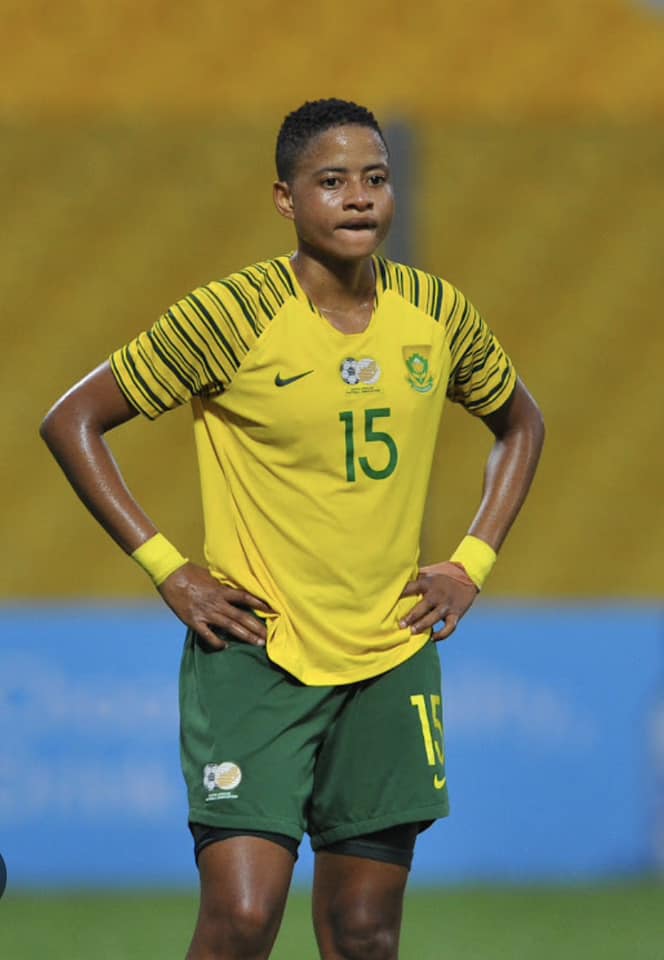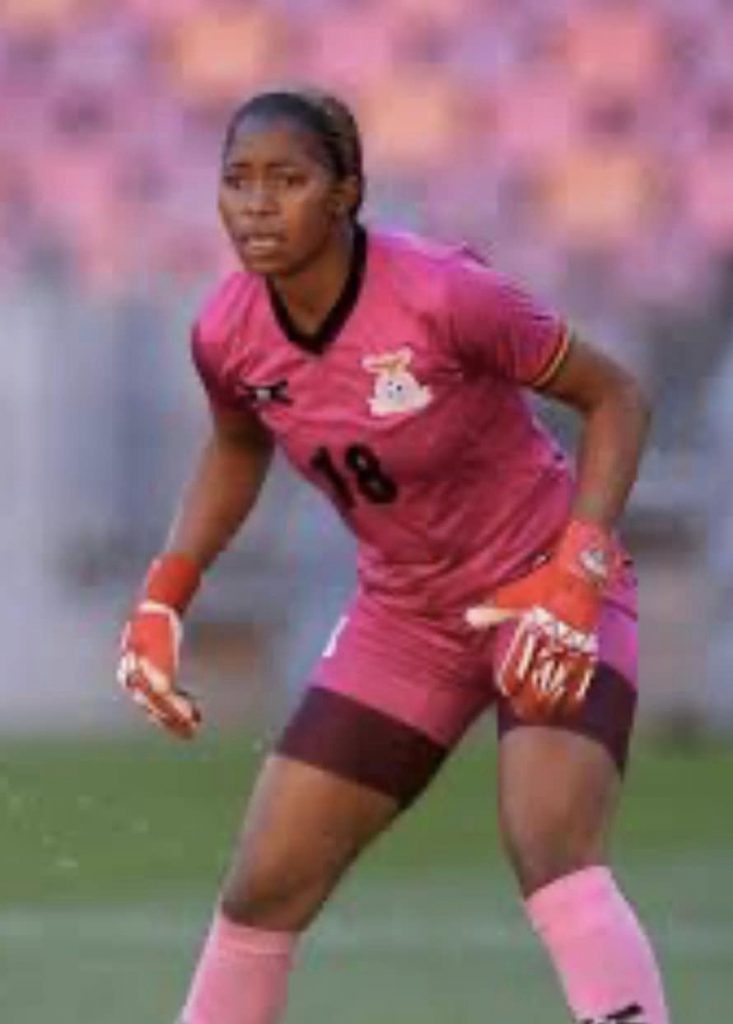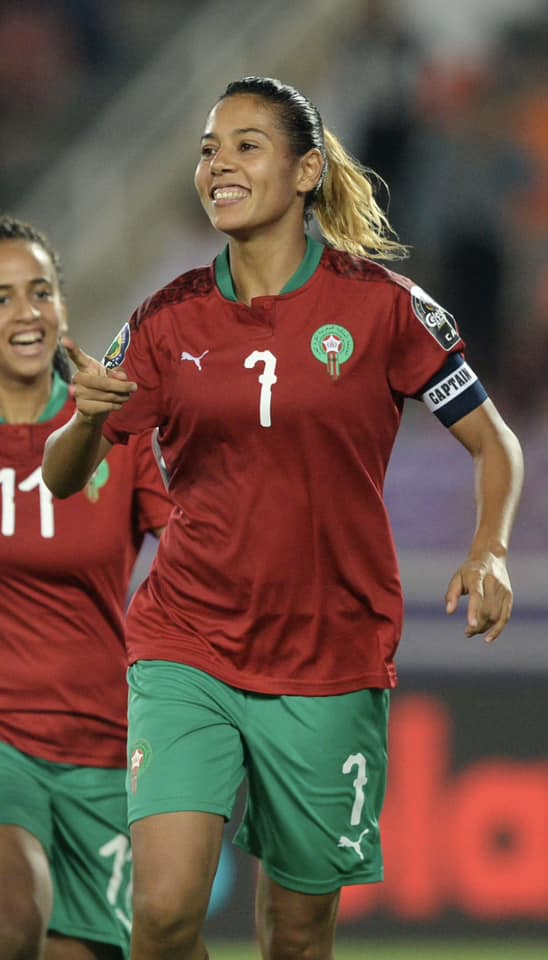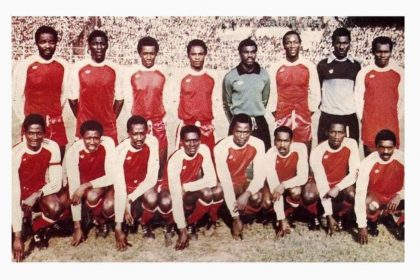The finest talents in Women’s football will gather again this summer in Australia and New Zealand for the quadrennially FIFA Women’s World Cup, the competition has seen four past champions; USA, Germany, Japan and Norway.
This would be the first edition to be held in the Southern Hemisphere, the first Women’s World Cup to be hosted by two countries, and the first FIFA senior competition for either men or women to be held across two confederations in a new 32-team format.
The first instance of a Women’s World Cup dates back to 1970 in Italy, with the first tournament of that name taking place in July 1970. This was followed by another unofficial World Cup tournament in Mexico in 1971, in which Denmark won the title after defeating Mexico, 3–0, in the final at the Azteca Stadium.
Several countries lifted bans on women’s soccer in the 1970s, leading to new teams being established in many countries.
The earliest official continental women’s tournaments were held in Asia in 1975, and Europe in 1984.
In 1988 FIFA introduced Women’s Invitation Tournament in China as a test to see if a global women’s World Cup was feasible. Twelve national teams took part in the competition – four from UEFA, three from AFC, two from CONCACAF, and one each from CONMEBOL, CAF and OFC and Ivory Coast was the sole invitee from Africa.
The competition was deemed a success and on 30 June of same year FIFA approved the establishment of an official World Cup, which was to take place in 1991 again in China. Again, twelve teams competed, this time culminating in the United States defeating Norway in the final, 2–1.
Eight members of the Confederation of African Football would have competed at the sport’s biggest international event, the FIFA Women’s World Cup by the end of this summer’s tournament. The highest ranked result in the Women’s World Cup for an African team is quarter-finals in the 1999 FIFA Women’s World Cup by Nigeria.
Nigeria was sole representative of the single slot given to CAF in the first 2 official 12-team’s format tournaments in 1991 and 1995.
By 1999 the tournament was expanded to 16-team as the popularity of the women’s game continued to soar worldwide, CAF’s slot increased to 2, Ghana and Nigeria were the countries that clinched the 2 available CAF’s slots for the 1999, 2003 and 2007 tournaments. The last 16-team tournament was held in 2011 Germany, Nigeria and Equatorial Guinea represented Africa in the tournament.
The 2015 edition in Canada was a 24-team competition and CAF got 3 slots which were taken by Nigeria, Cameroon and Ivory Coast.
The last 24-team edition in France 2019 saw Nigeria, Cameroon and the emerging female football power house in the continent, South Africa clinched the 3 spot.
Australia/New Zealand 2023 this summer will feature a 32-team, with Africa being represented by 4 countries (Nigeria, South Africa and 2 debutants, Morocco and Zambia) after Cameroon and Senegal just failed in their attempts to qualify through the just concluded intercontinental playoffs.
Morocco is the first North African and Arab nation to qualify for the Women’s World Cup.
The 2023 edition will hold between 20 July – 20 August in 10 venues across in 9 host cities in the 2 joint host countries.
The success of the Morocco women’s team was no accident. In 2020, the Royal Moroccan Football Federation unveiled a four-year plan to develop a strong women’s program that they hoped would dominate Africa. Currently, Morocco is the only country in the world to have two tiers of professional women’s football, including access to world-class complexes.
An unprecedented 172 countries from 6 confederations participated in the qualifying series of the Australia/New Zealand 2023, highlighting the the present global popularity of the women’s game.
Australia/New Zealand 2023 will be the ninth FIFA Women’s World Cup.
References:
Garin, Erik (11 April 2019):
Chrös McDougall (1 January 2012):
FIFA’s website.



















